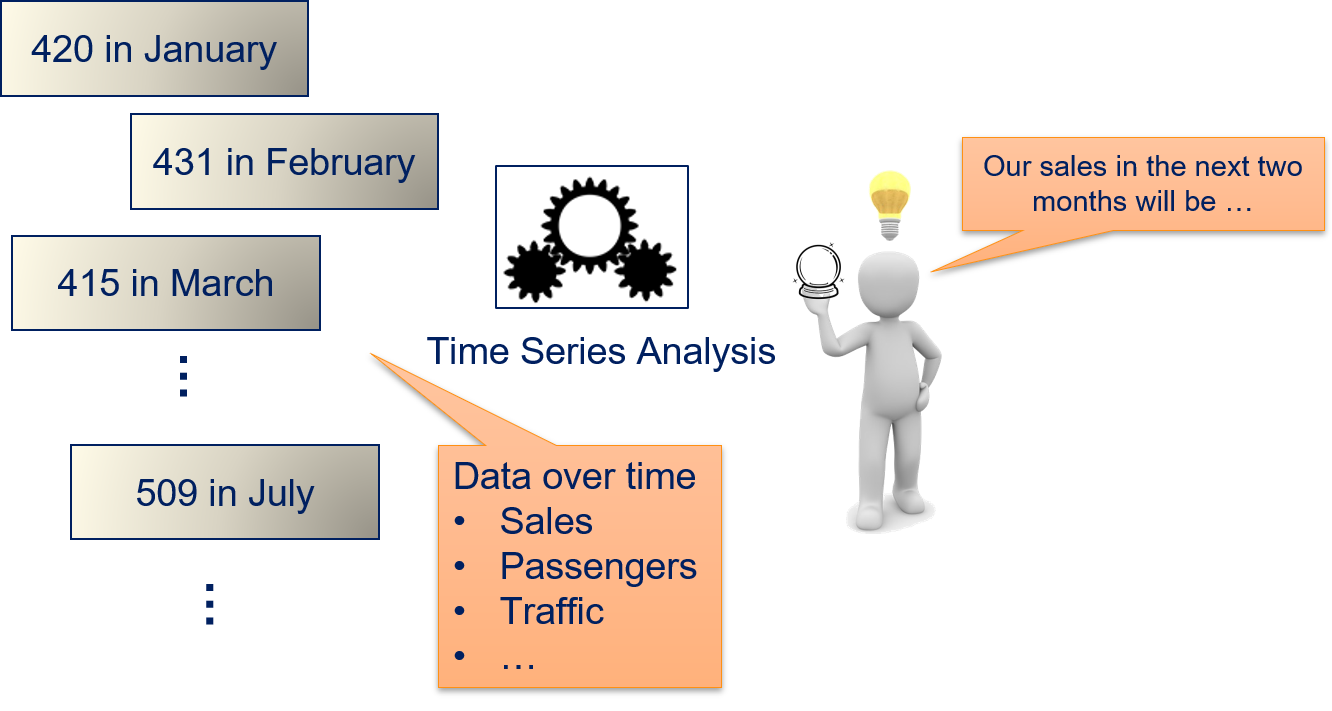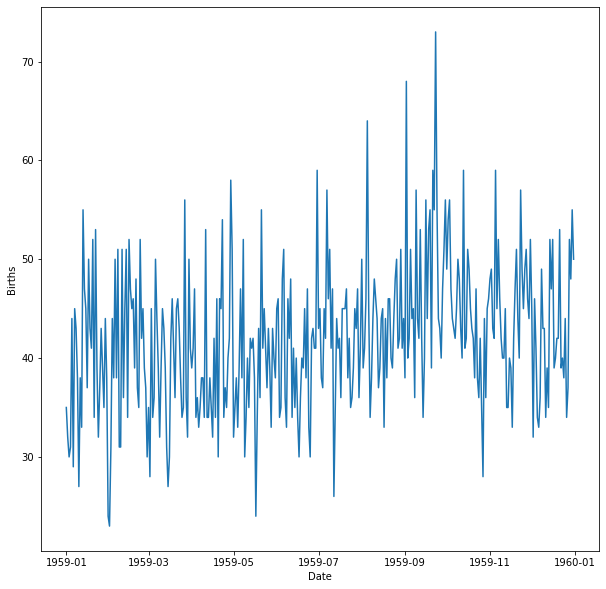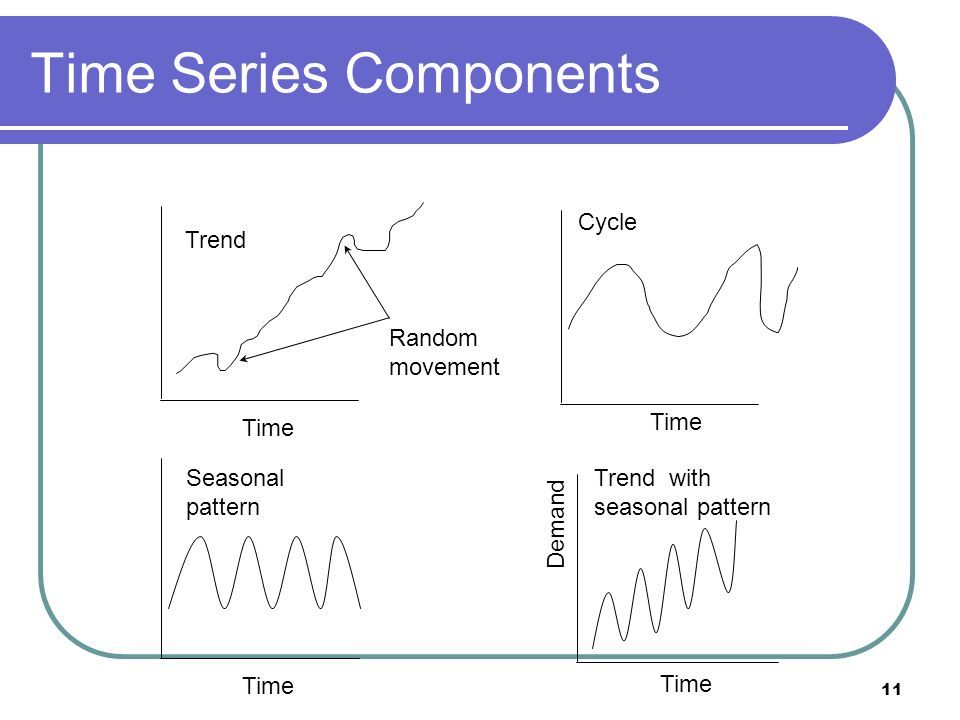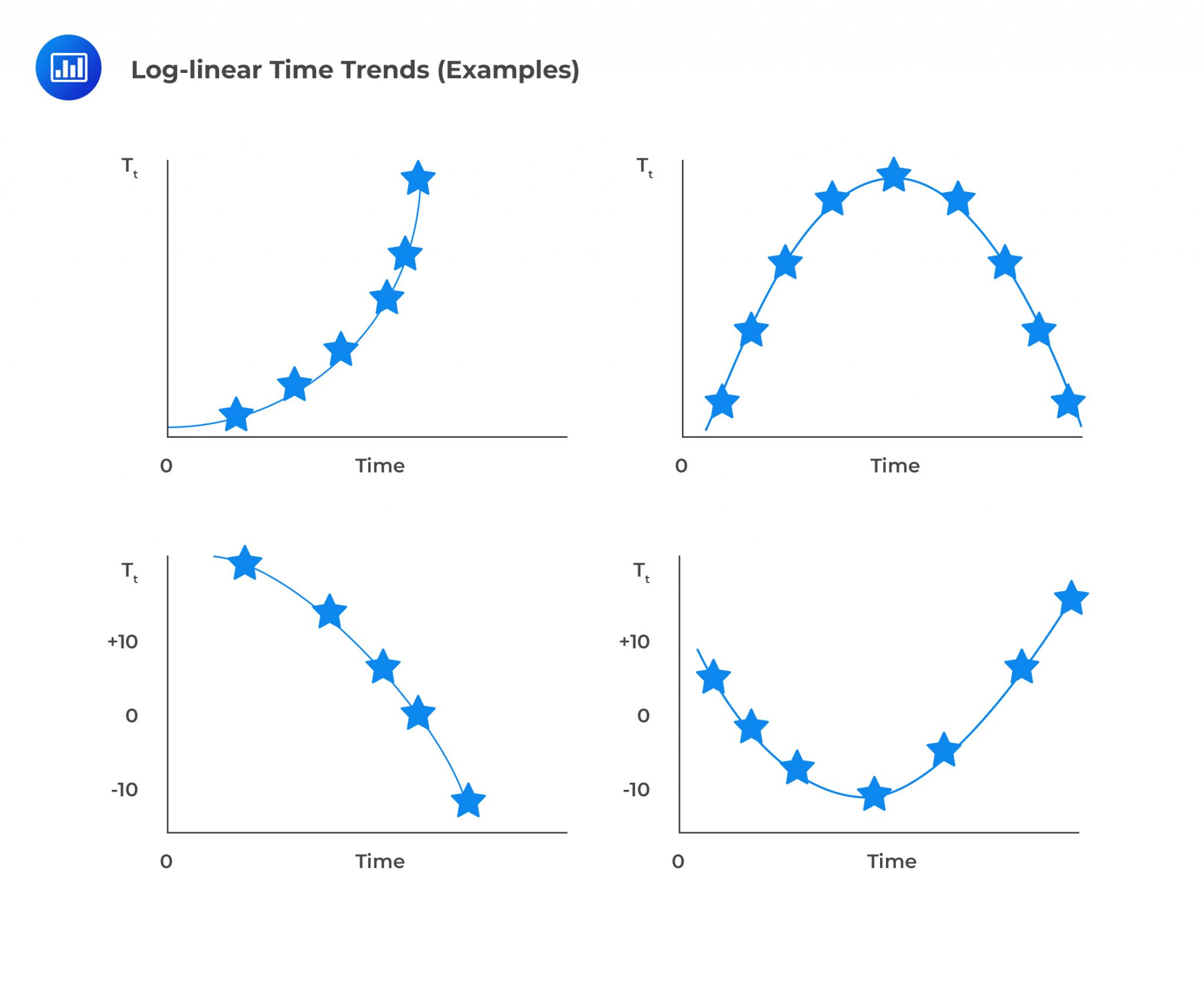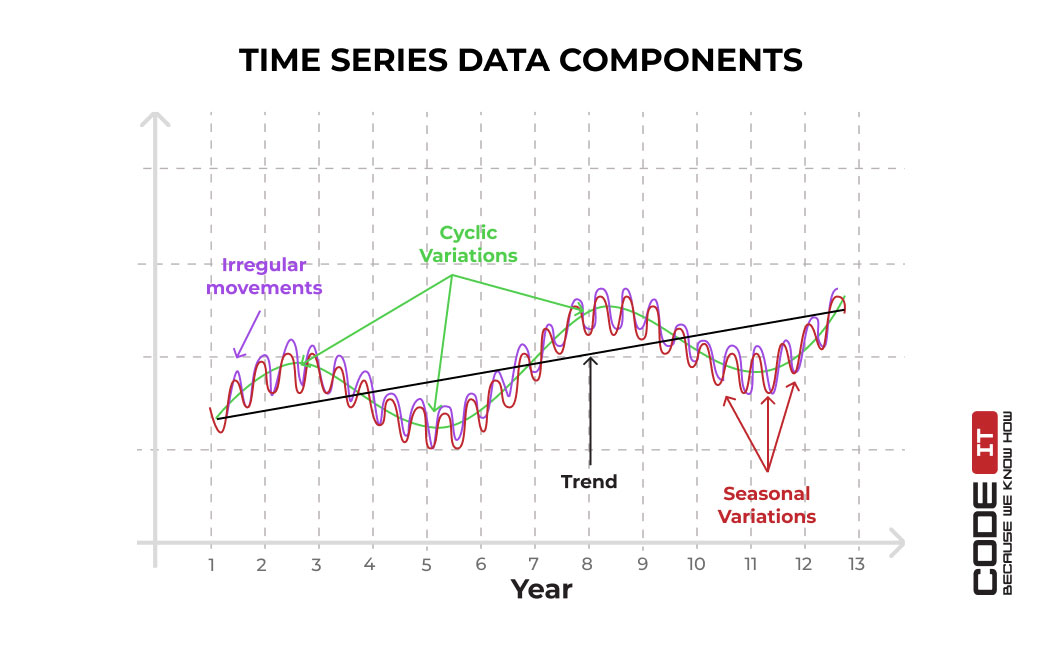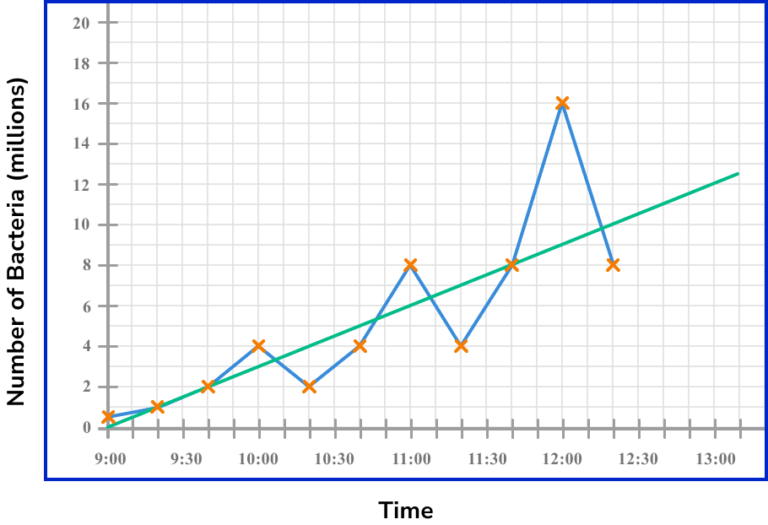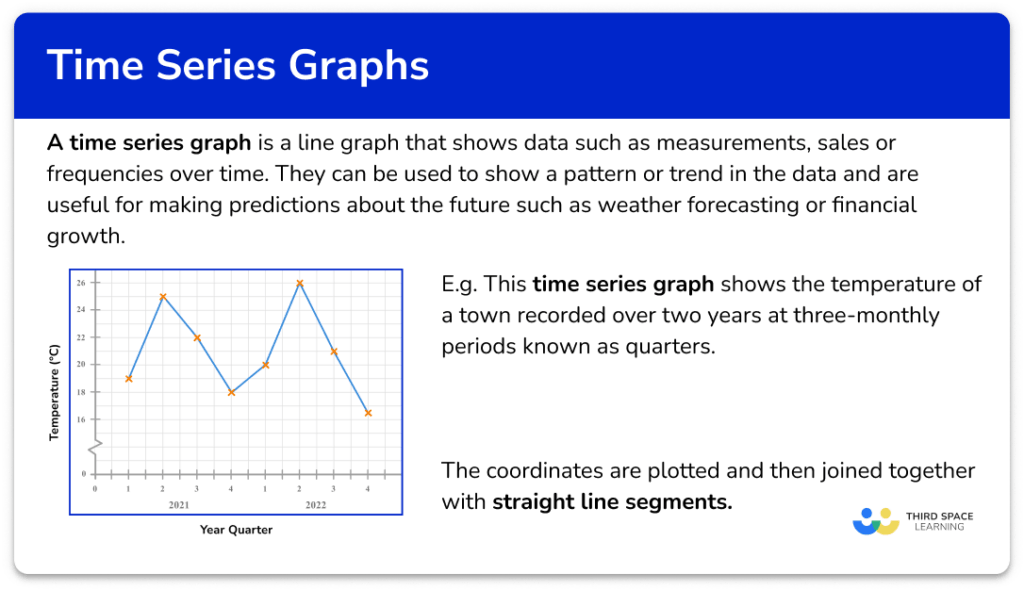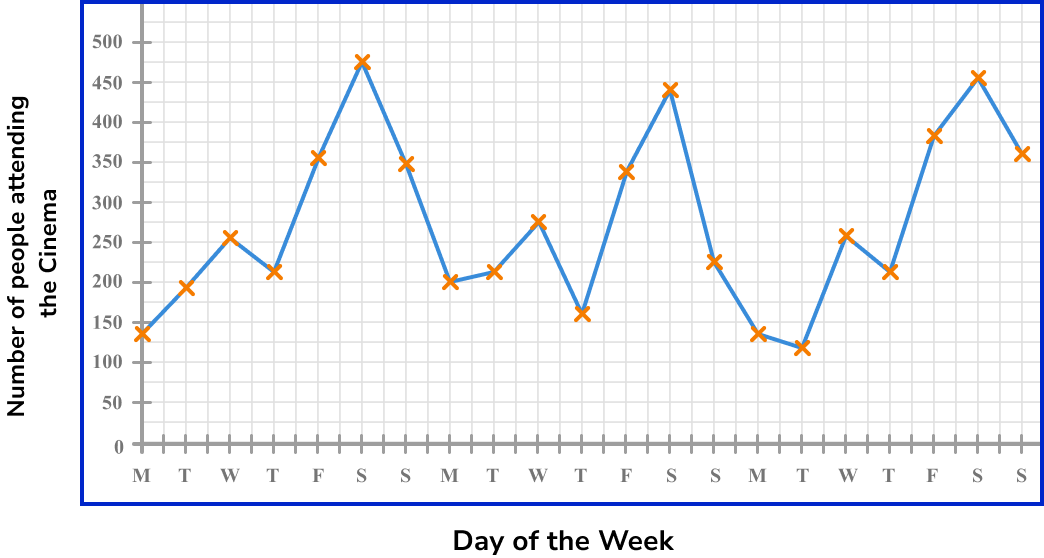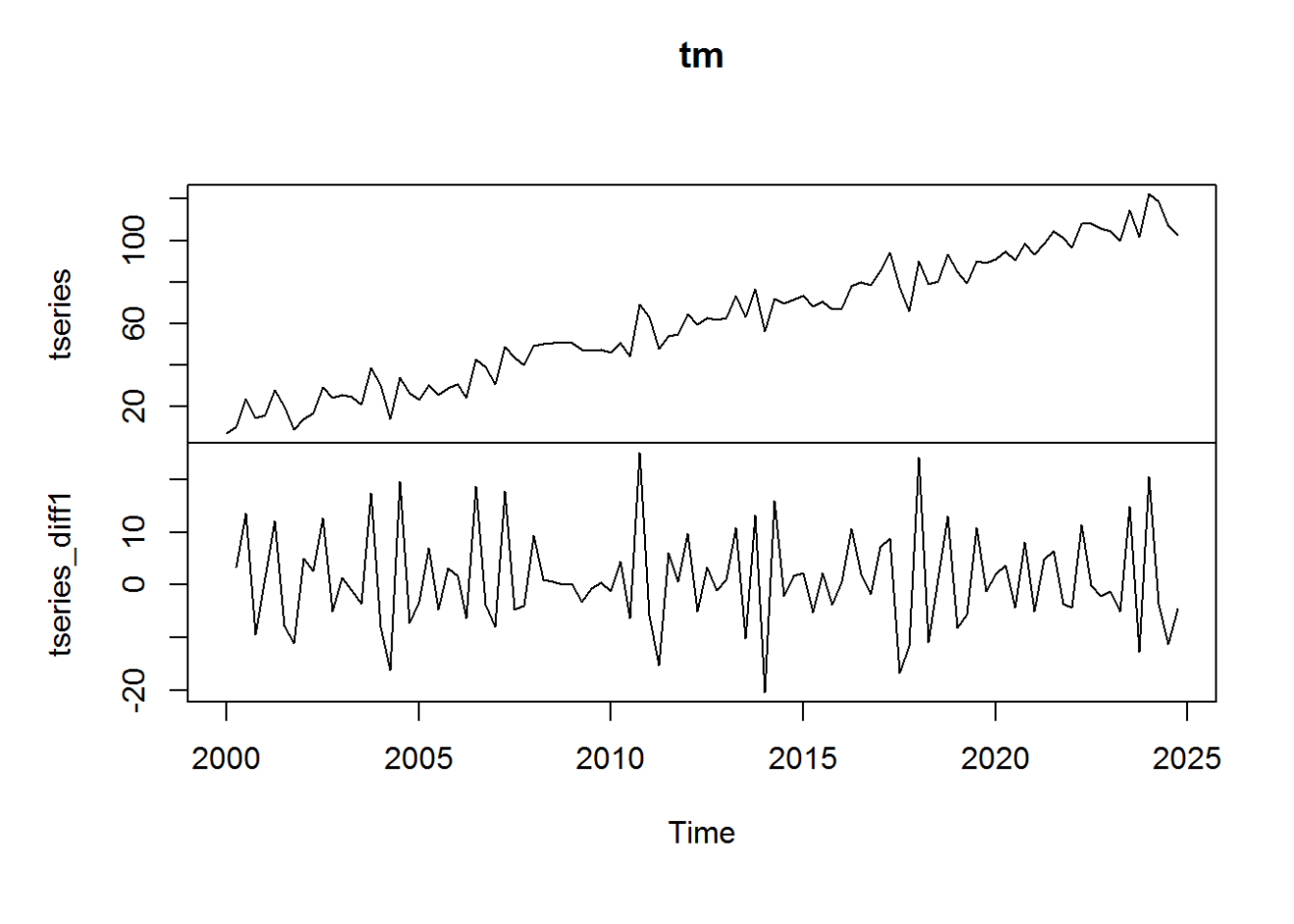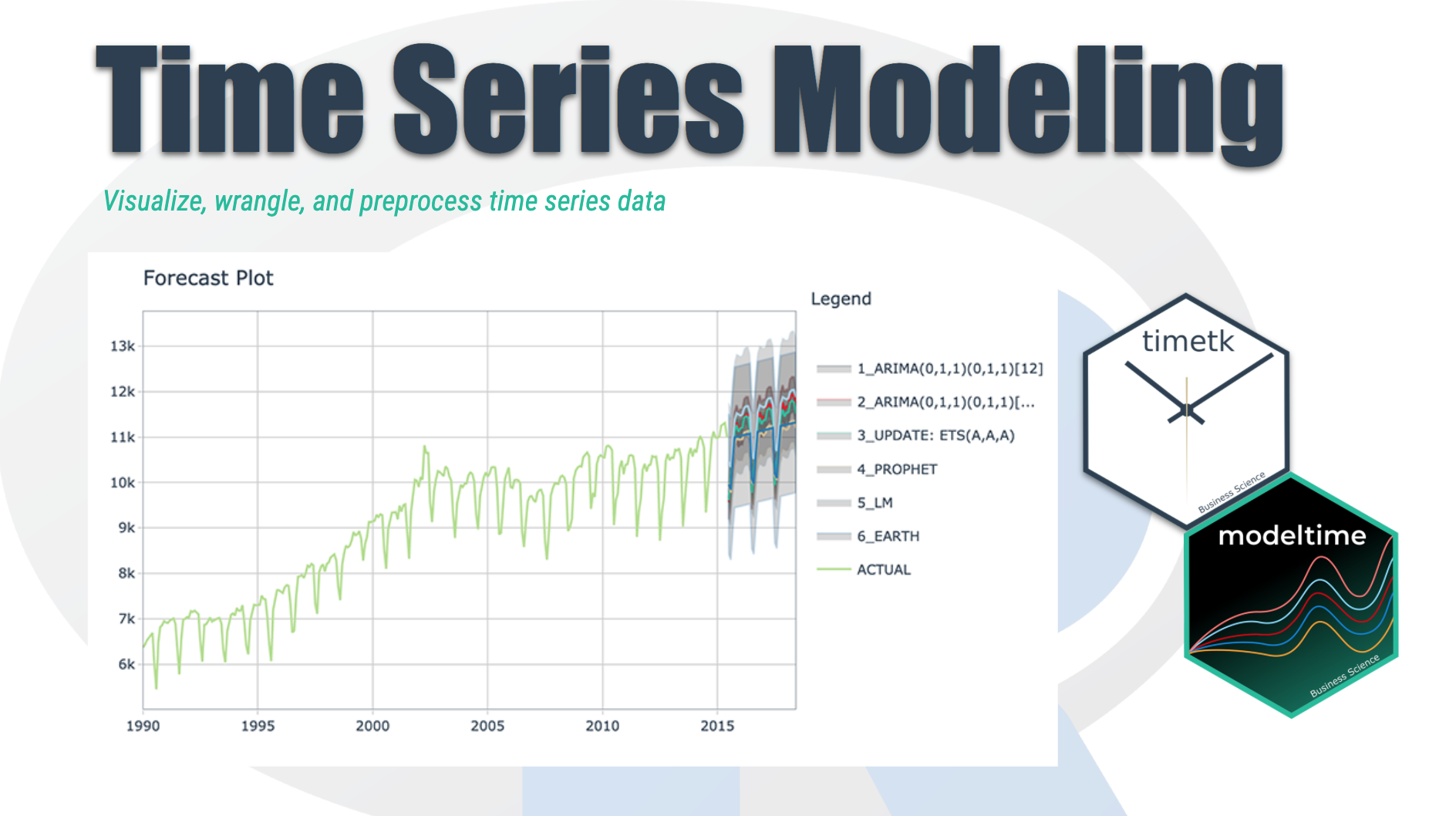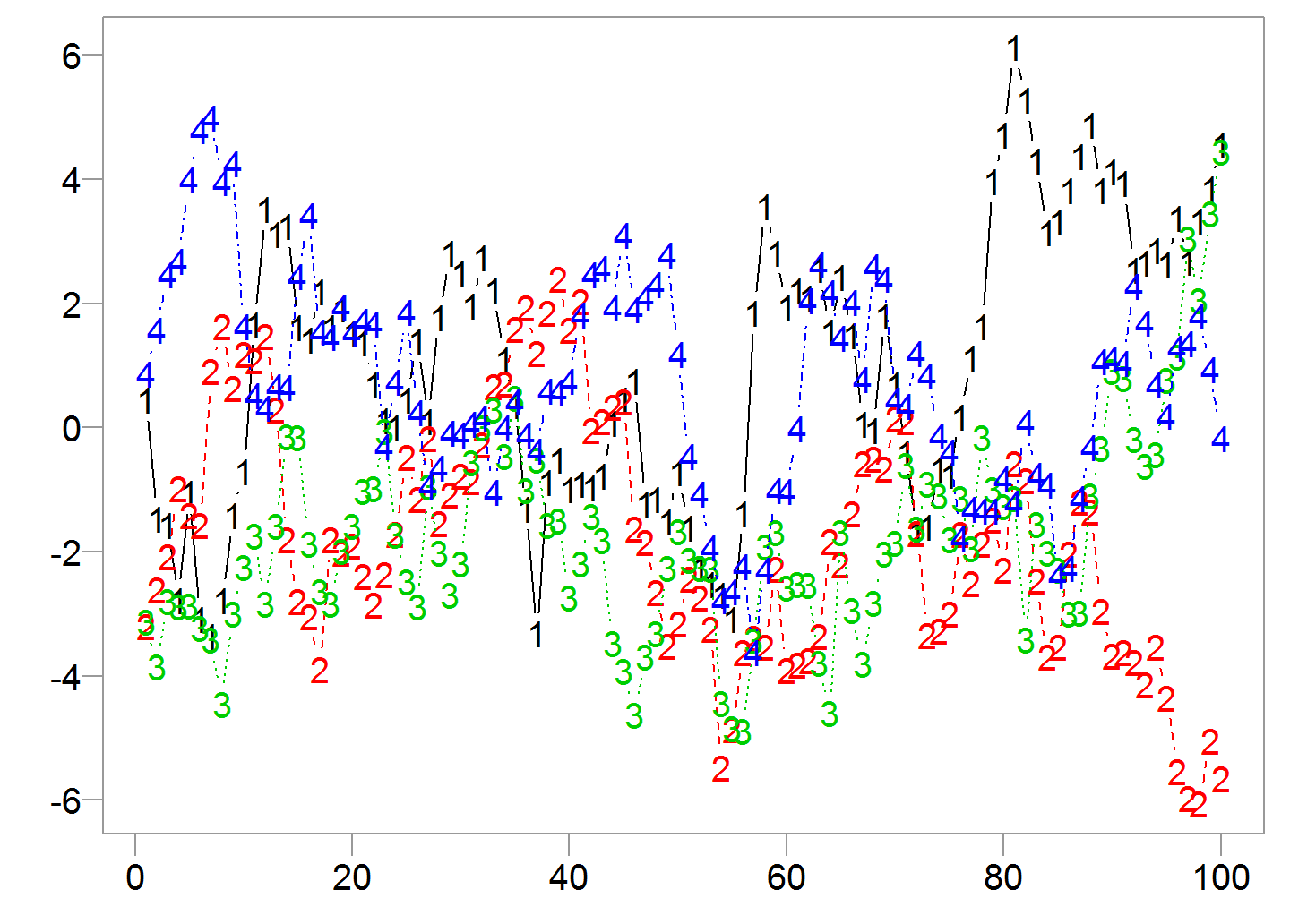Breathtaking Info About How To Describe Time Series Data Math Grid X And Y Axis

In time series analysis, analysts record data points at consistent intervals over a set period of time rather than just recording the data points intermittently or randomly.
How to describe time series data. First, let’s enter the following values for a time series dataset in excel: Gru, lucy, margo, edith, and agnes welcome a new member to the family, gru jr., who is intent on tormenting his dad. A time series is a data set that tracks a sample over time.
In time series data, the order of the observations matters, and you use the data to analyze changes or patterns. Considering the widespread omission of both the time of sample collection and confirmation of simultaneous collection of experimental and control samples in most studies (extended data fig. With steve carell, kristen wiig, joey king, will ferrell.
Tsa helps identify trends, cycles, and seasonal variances to aid in the forecasting of a future event. Directed by chris renaud, patrick delage. These ceilings apply to the figures for individual firms only.
In particular, a time series allows one to see what factors influence certain variables from period to period. To perform time series analysis, follow these steps: Enter the time series data.
What makes a time series dataset unique is the sequence or order in which these data points occur. A time series graph is a line graph that shows data such as measurements, sales or frequencies over a given time period. A time series is a set of data points that are collected over a period of time, usually at regular intervals.
The temporal aspect is crucial for understanding dependencies and predicting future values. Learn how to analyse and work with time series data. The main factors determining whether an enterprise is an sme are.
It involves the identification of patterns, trends, seasonality, and irregularities in the data observed over different periods. What is time series and what are the databases, visualization tools & techniques. There are numerous factors to consider when interpreting a time series, such as autocorrelation patterns, seasonality, and stationarity.
The release of season 3 of the bear has been rescheduled. This is meant to be an introductory overview, illustrated by example, and not a complete look at how we model a univariate time series. Instead of recording data points intermittently or randomly, time series analysts record data points at consistent intervals over a set period of time.
The most common type of time series data is financial data, such as stock prices or exchange rates. Examples are commodity price, stock price, house price over time, weather records, company sales data, and patient health metrics like ecg. In most cases, a time series is a sequence taken at fixed.
Most commonly, a time series is a sequence taken at successive equally spaced points in time. In this lesson, we’ll describe some important features that we must consider when describing and modeling a time series. Time series data consists of data points ordered chronologically, providing insights into how variables change over time.

